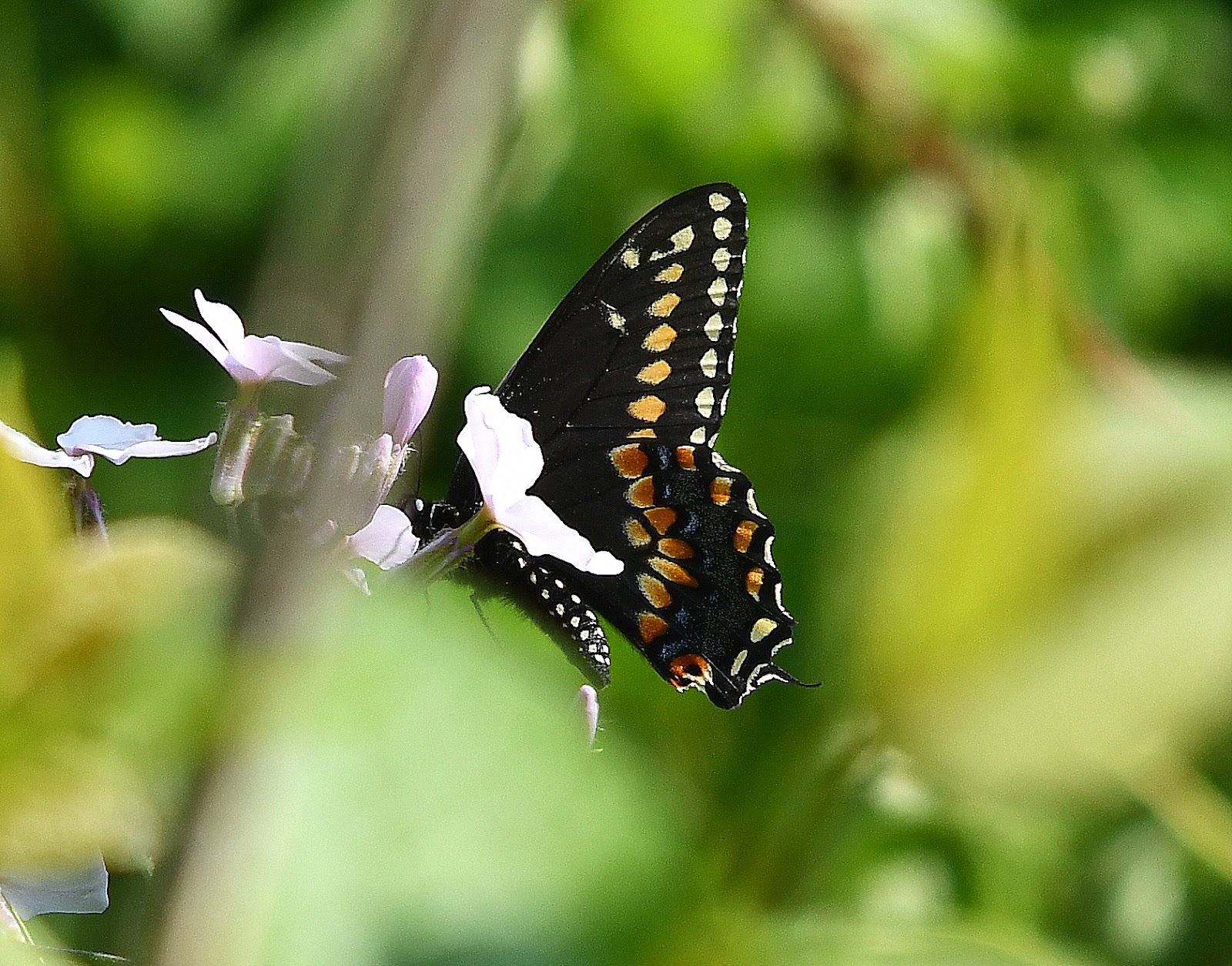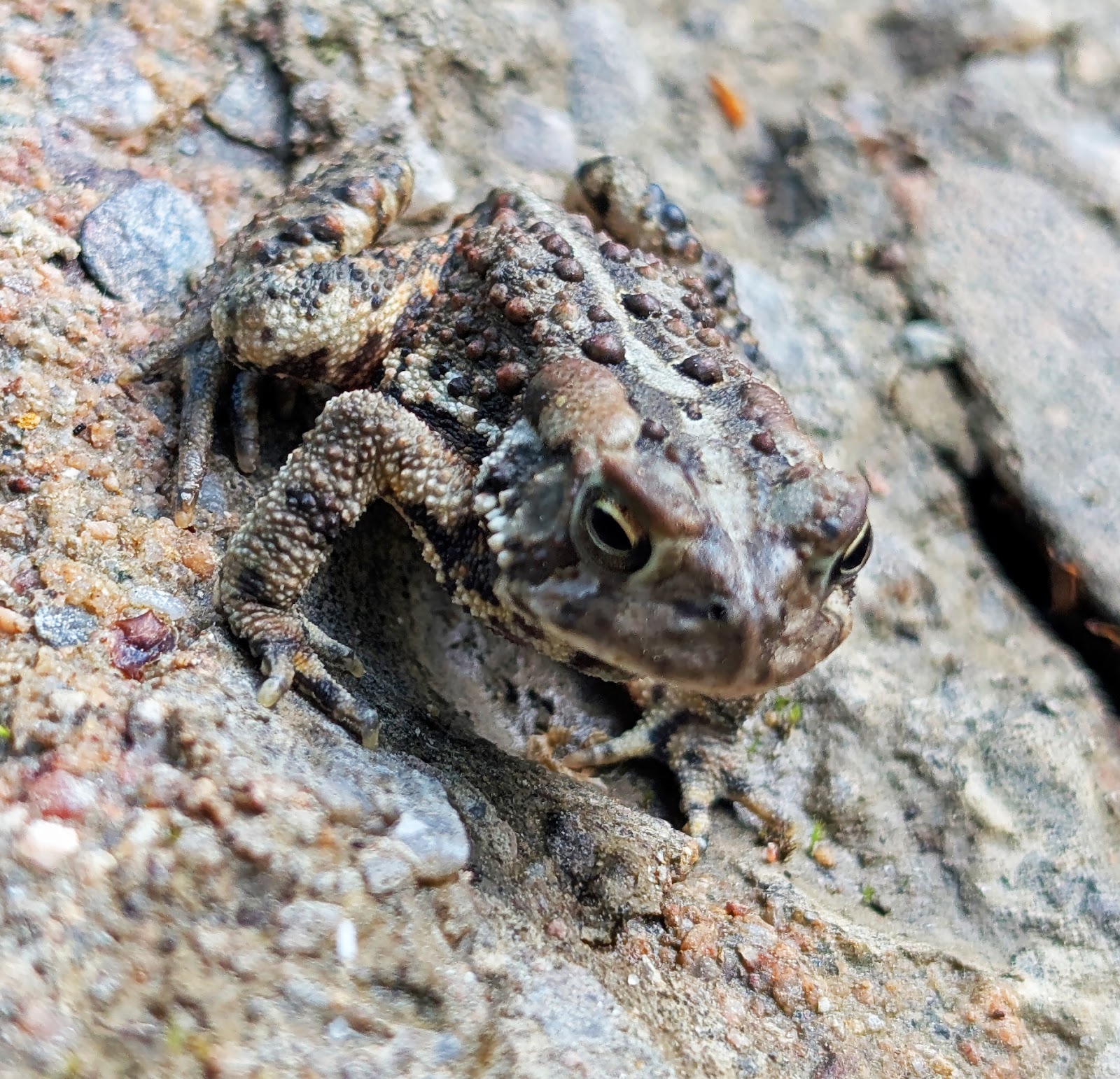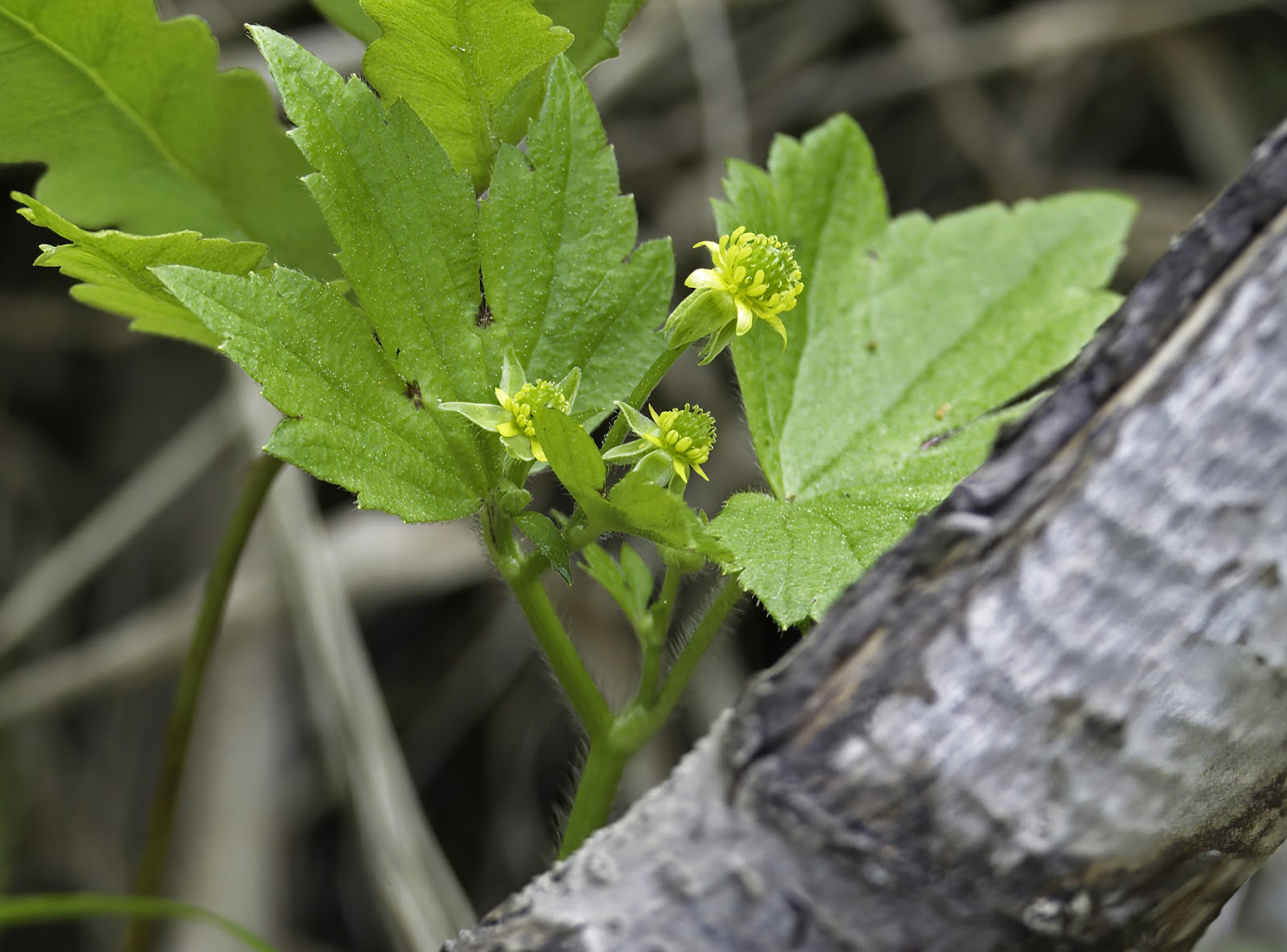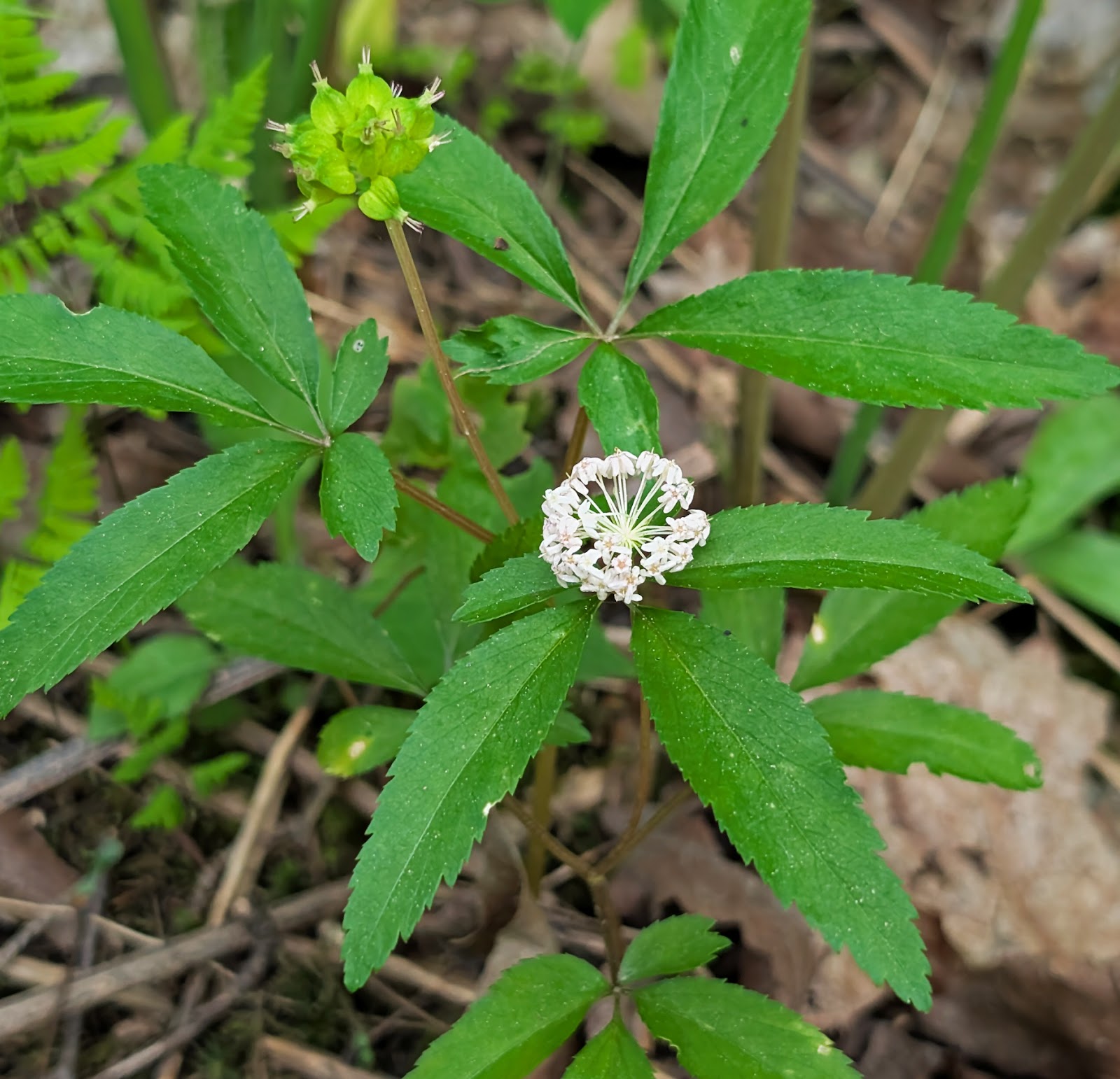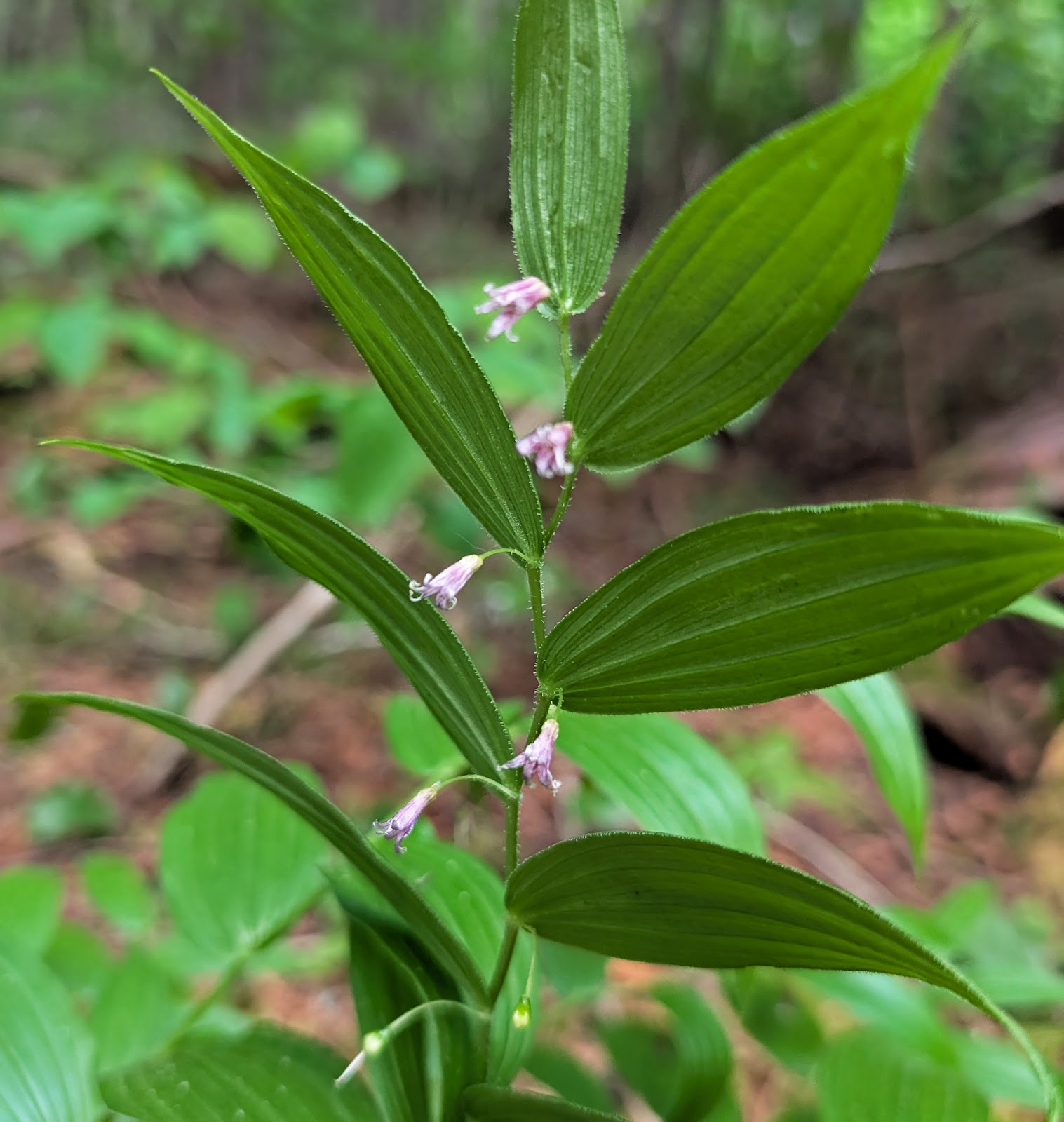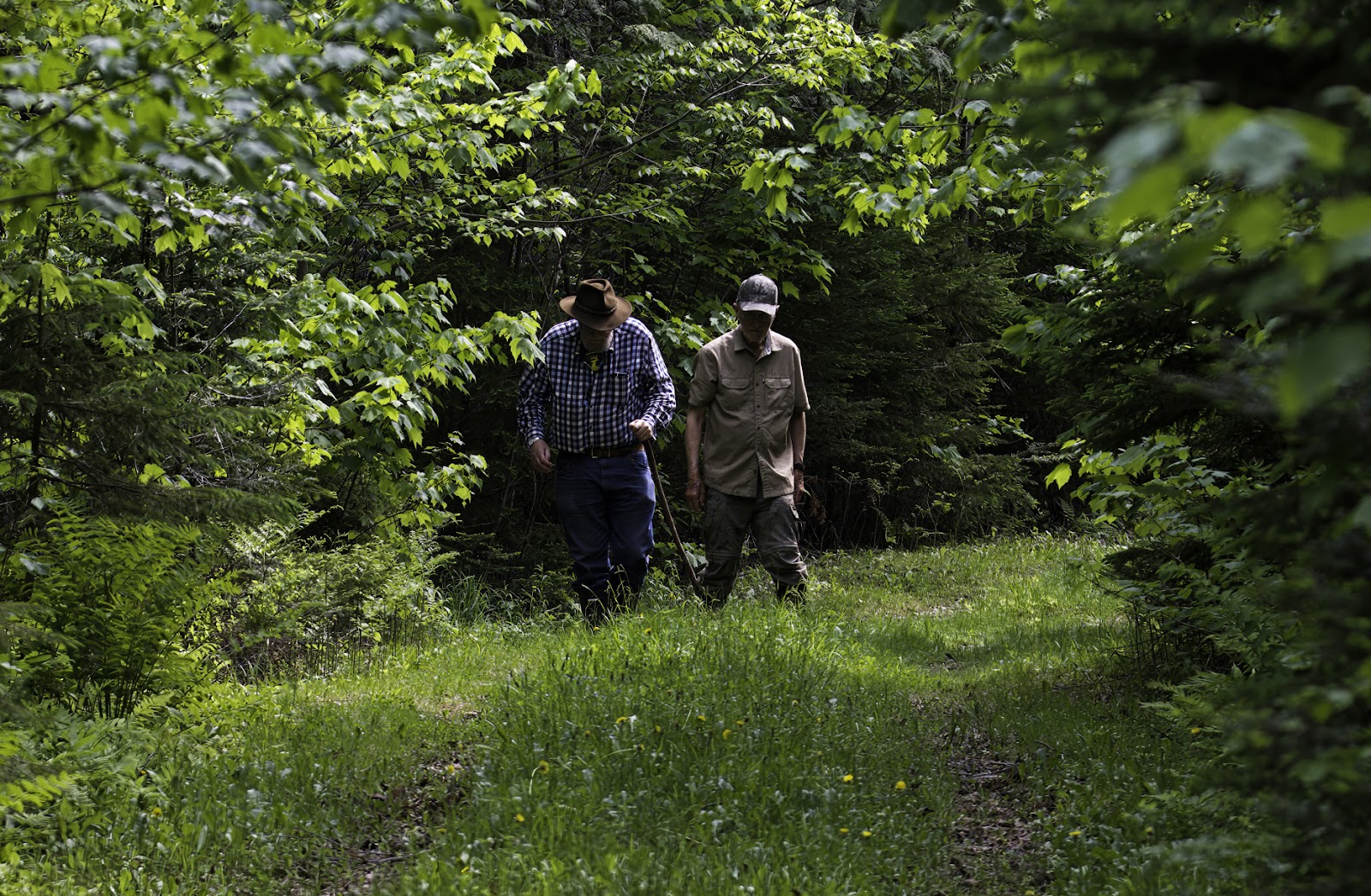NATURE
MONCTON NATURE NEWS
June 6, 2025
Nature Moncton members, as
well as any naturalist in New Brunswick or beyond, are invited to share
their photos and descriptions of recent nature sightings to build a fresh
(almost) daily edition of Nature News
To
respond by e-mail, please address your message to the information line
editor, nelsonpoirier435@gmail.com .
Please advise the editor at nelsonpoirier435@gmail.com and the proofreader Louise Nichols at Nicholsl@eastlink.ca if any errors are noted in wording or photo labelling.
For more information
on Nature Moncton, check the website at www.naturemoncton.com
Proofreading
courtesy of Nichols nicholsl@eastlink.ca
To
view the live feed of the Peregrine Falcon nest cam on the summit of Assumption
Place in Moncton, go to:
**Jane and Ed LeBlanc had a short walk along
some of the trails in Sussex and found many warblers and a black swallowtail
butterfly. At home, Jane found a red-eyed vireo that paused for
a photo.
Jane also found a Philadelphia vireo
in her yard this week.
(Editor’s note: This is a lucky catch as the
Philadelphia vireo is often found very high in the canopy and not very often
seen.)
**Norbert Dupuis was able to capture some
excellent photographs of a pair of courting cedar waxwings.
This may seem a little early, as cedar
waxwings tend to nest later in the season, but possibly a little ahead-of-time practice may be indicated!
**Brian Stone joined Nelson Poirier and Gart
Bishop on a botanical outing in the Sillikers area near Miramichi on Thursday
afternoon. Many interesting plants were found to study and photograph, and some
hoped-for items were missing from the menu. Plants that didn't mind having
their picture taken were poison ivy, red trilliums, painted
trilliums, nodding trilliums, and Canada mayflower. Other
wonders of nature seen were two American toads, two female common
mergansers, a couple of hairy woodpeckers, and a very young, very tiny red-bellied
snake.
**This Week’s Sky at a Glance, 2025 June 7
– June 15
It has been said we live in a topsy-turvy world. Actually, we live on one.
Earth’s polar axis is tilted to its orbital path around the Sun, leaning just
over a quarter of the way from upright to horizontal. At our summer solstice,
the north polar axis is tipped toward the Sun and sunlight reaches us at a
steep angle with concentrated warmth.
If you note the times of sunrise and sunset over the month you might be
surprised to discover the earliest sunrise and latest sunset do not occur on
the solstice. Although the most amount of daylight occurs then, we get our
earliest sunrise around June 16 and latest sunset around June 26. Earth’s tilt
plays a role in that, as does the fact that its orbit is not circular. We are
about five million kilometres closer to the Sun in early January than we are in
early July. Four centuries ago Johann Kepler showed that planets travel faster
when they are nearer the Sun. Have you noticed that the time between the
beginning of spring and fall is a week longer than between fall and spring?
We expect the Sun to reach its highest daily position in the sky, crossing the
meridian, at midday (noon local standard time, accounting for distance from the
centre of our time zone). However, the Sun’s daily north-south movement over
the seasons and Earth’s varying speed in orbit make the Sun appear to reach the
meridian ahead or behind schedule by as much as 16 minutes. Consequently, our
24-hour clock is based on an annual average noon called mean solar time.
Sundial aficionados know they have to account for these daily corrections to
agree with the clock.
This Week in the Solar System
Saturday’s sunrise in Moncton is at 5:28 and sunset will occur at 9:07, giving
15 hours, 39 minutes of daylight (5:37 and 9:09 in Saint John). Next Saturday
the Sun will rise at 5:27 and set at 9:11, giving 15 hours, 44 minutes of
daylight (5:35 and 9:13 in Saint John).
The Moon is near Antares on Monday and it is
full on Wednesday.
Mercury sits to the right of Jupiter in bright evening twilight this Saturday
and above Jupiter Sunday. By midweek orange Mars will be within a binocular
field of blue-white Regulus and closing the gap. Venus and Saturn are widely
separated in the morning sky with Saturn rising about 80 minutes before much
brighter Venus.
The Saint John Astronomy Club meets in the
Rockwood Park Interpretation Centre on June 7 at 7 pm. The Fredericton
Astronomy Club meets in the UNB Forestry-Earth Sciences building at 7 pm on
Tuesday. Tune in to the Sunday Night Astronomy Show at 8 pm on the YouTube
channel and Facebook page of Astronomy by the Bay.
Questions? Contact Curt Nason at nasonc@nbnet.nb.ca.
Nelson Poirier.
Nature Moncton






